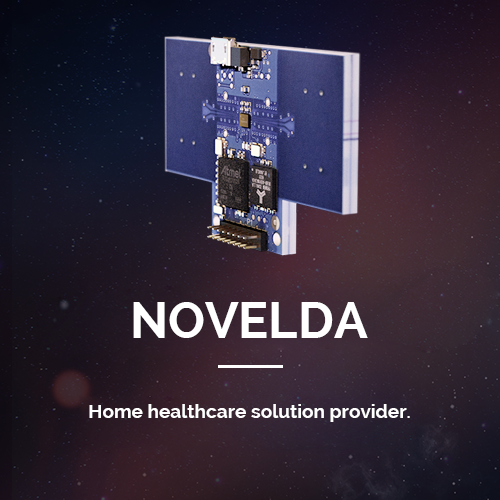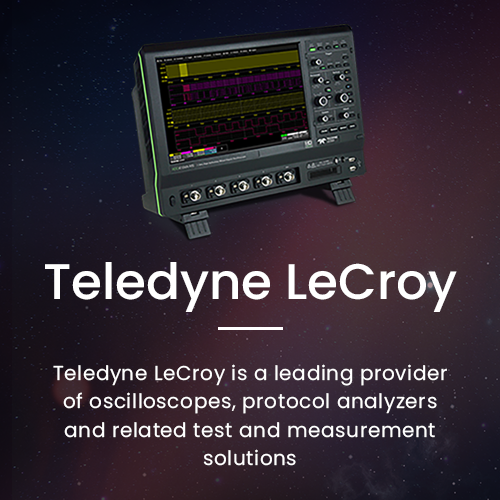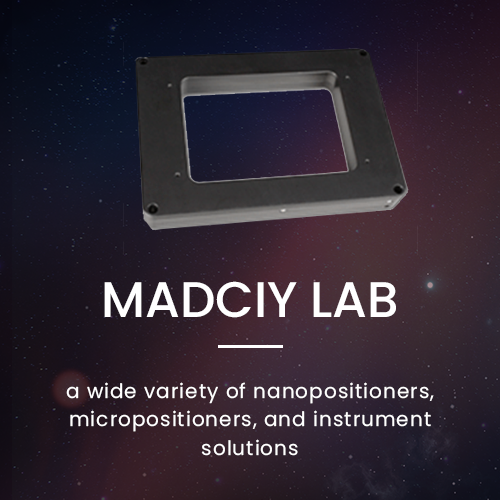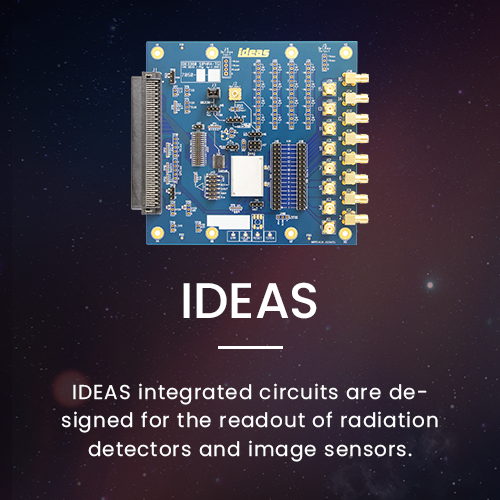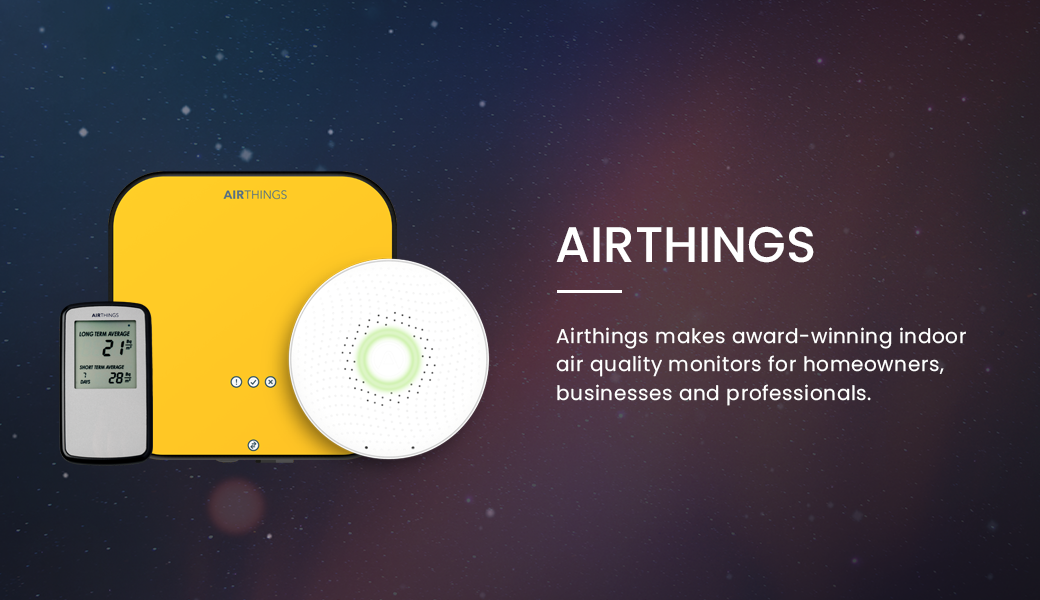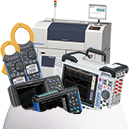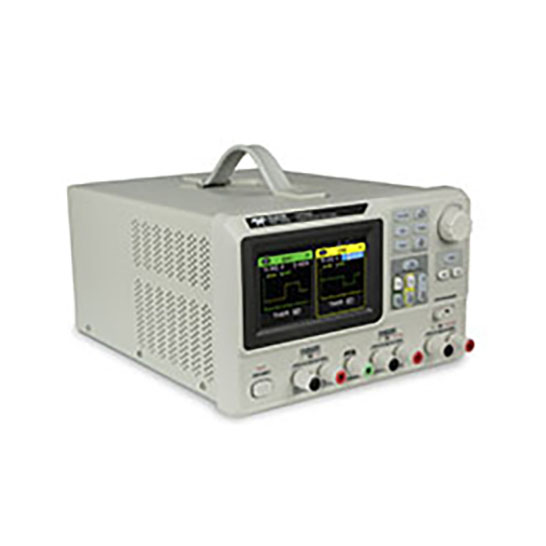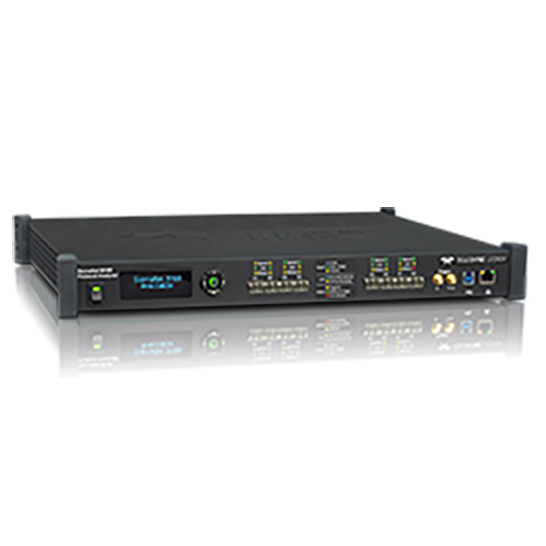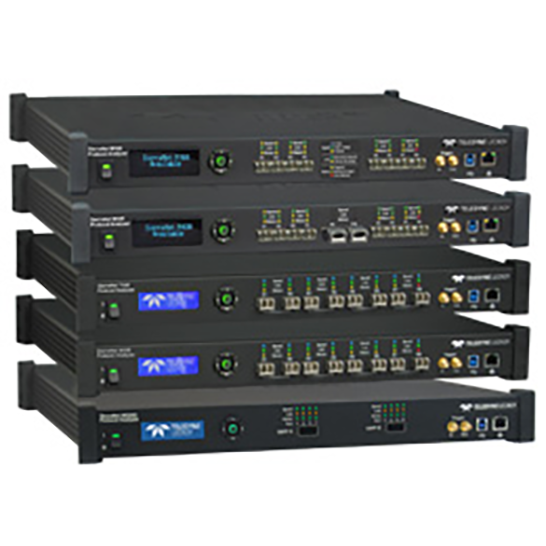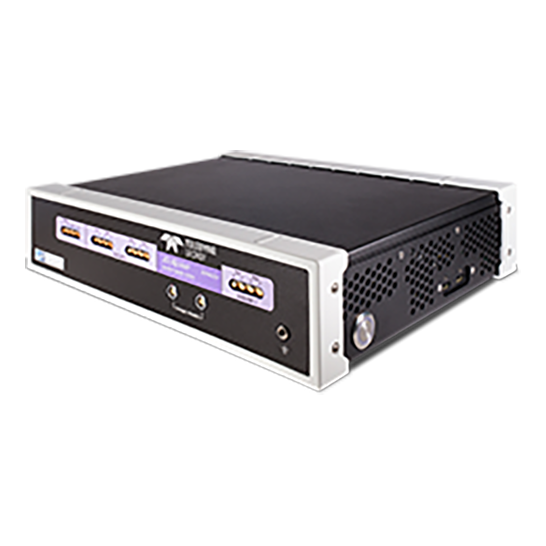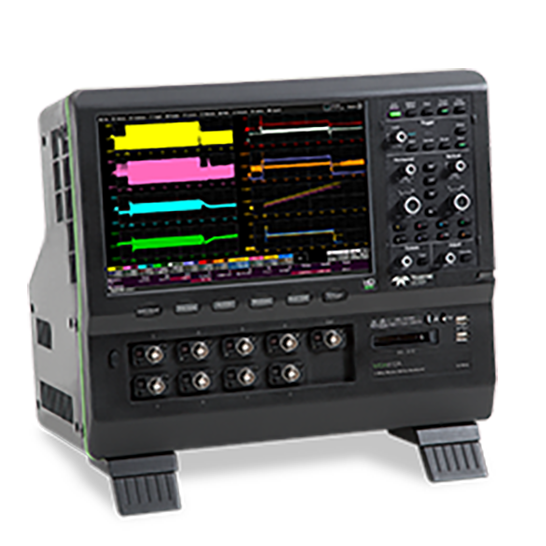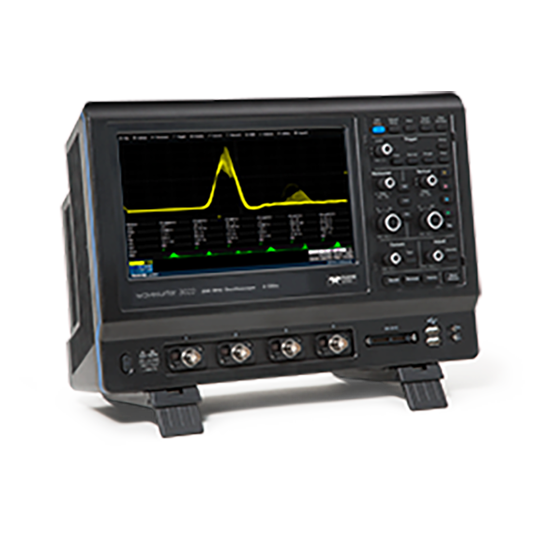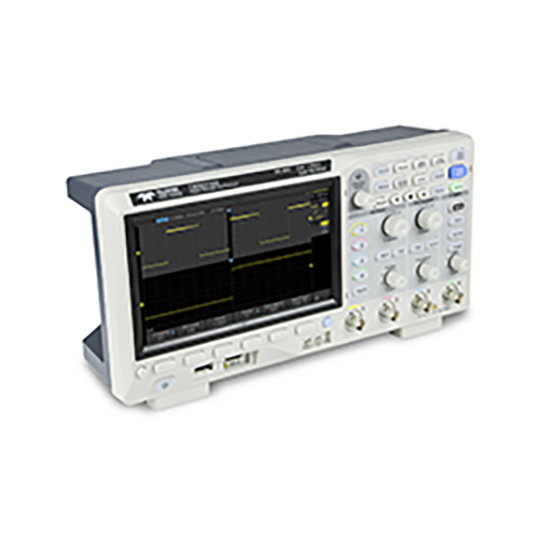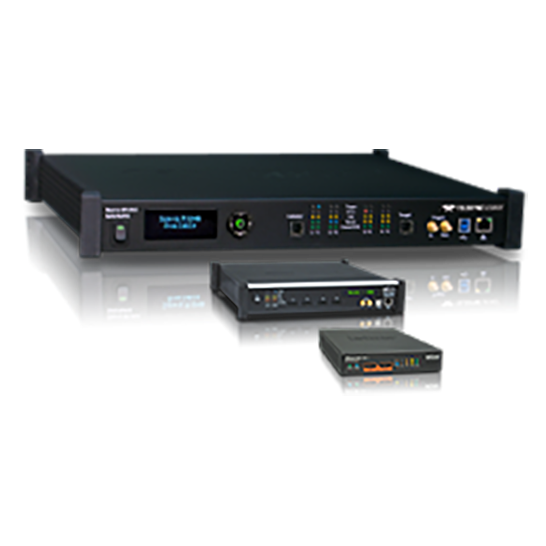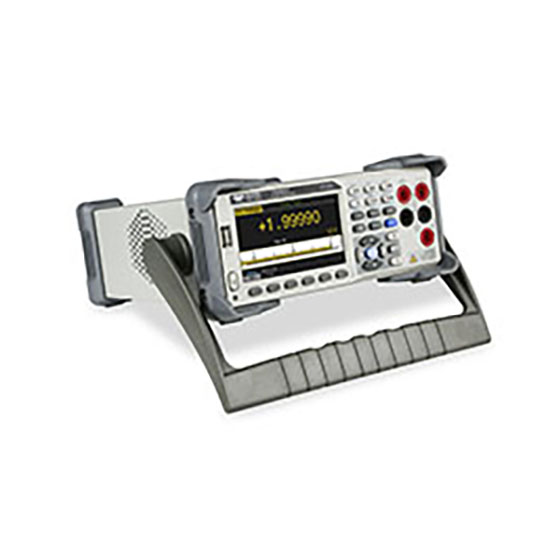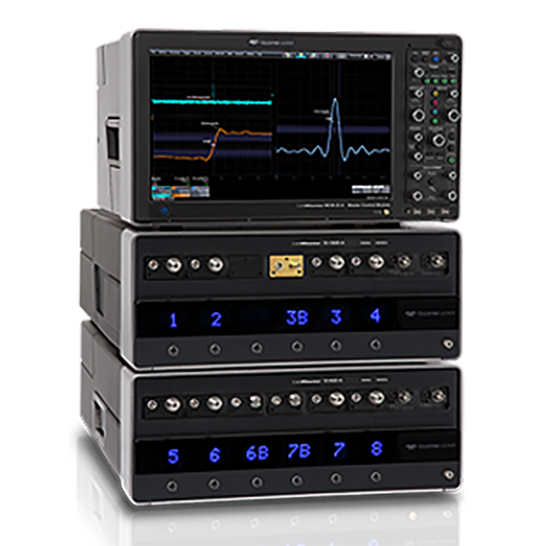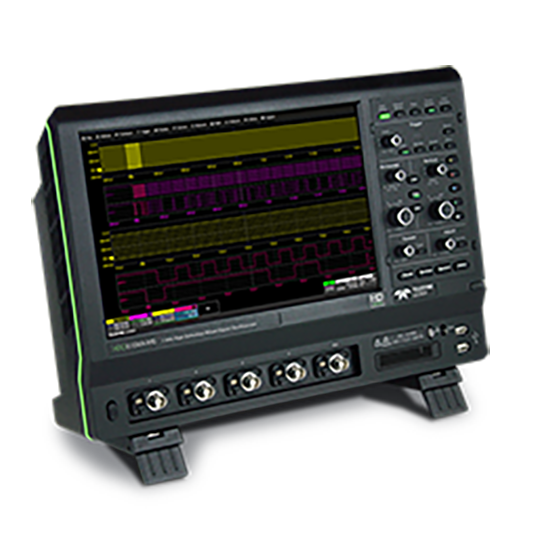Description
Ethernet, as the most common communication protocol on the planet, continues to spread into new markets and incorporates new protocols; it presents today’s Ethernet engineers with host of new test and validation challenges. Specifically, the increasing adoption of lossless Ethernet standards like FCoE, RoCE, and NVMf to name a few; increases in the line-rates of Ethernet now up to 100Gb/s; and new physical and logical communications standards to support these technologies and speeds; legacy test tools are outdated and ineffective for Ethernet product developers and the ecosystem. Teledyne LeCroy is addressing these needs by leveraging our extensive experience in high-speed serial data analysis tools currently used by many of the same companies developing products for NAS, SAN, LAN, and other high-speed protocol environments.
Overview
Ethernet, the most ubiquitous networking technology in the computer industry, has been used for a myriad of communications solutions over the past 20+ years and is the backbone of the Internet, corporate datacenter and enterprise applications, modern telephony infrastructures, and all the associated devices.
The “original” serial communication interface, newer high-speed Ethernet deployments provides a bi-directional, physical or logical, lower latency connection between the user/client and their device(s). Serial transmissions enable much longer connection distances as compared to parallel transmission methods, because far fewer signal lines are required, thereby reducing noise created by multiple signal lines all switching at the same time (cross talk).
Ethernet has long been the data-communications choice for the corporate network as a reliable interconnectivity solution. The evolution of speeds as well as multi-vendor networks requires adherence to the IEEE standards for Ethernet and a industry commitment to interoperability testing for standards conformance.
Advancements in storage protocols support and physical transport speeds, and improvements in reduced latency is elevating Ethernet to rival Fibre Channel for support of block oriented storage traffic in SAN (Storage Area Network) applications.
Ethernet relies on direct attached copper (DAC) cabling, however to enable longer distance communications, it is designed to work with either optical fiber physical medium or copper cables in many connector and cable type configurations. Copper cables are relatively inexpensive, but they are useable only for shorter distances, in the range of 5-meters at 10GbE and ~3-meters at 25GbE. In general, the higher the transmission speed, the shorter the distance that can be reliably supported by copper cable technology. A variety of copper solutions are available, the most commonly used being DAC cabling in both SFP (Small Form-factor Pluggable) and QSFP (Quad Small Form-factor Pluggable) configurations. SFP and QSFP optical cabling solutions are also available, supporting reliable transmission distances greater than 10 meters, up to about 10 kilometers.
Ethernet is a layered protocol, and typical applications adhere to the OSI model. In the OSI model, each layer provides specific services and makes the results available to the next layer. Figure 1 below defines OSI layer.
| OSI Model |
| 7 – Application |
| 6 – Presentation |
| 5 – Session |
| 4 – Transport |
| 3 – Network |
| 2 – Data Link |
| 1 – Physical |
Figure 1, OSI Model Network Layers
The layers in the table represent different functions and services that exist within the Ethernet protocol definition. As with the other communication standards, protocol level analysis is often focused at the Data Link and Network layers and above.
Ethernet architecture transports blocks and/or streams of application information, called data payloads. Before sending a payload over the physical link, additional Ethernet specific control bytes are incorporated to ensure proper delivery and handling of the payload data. The combination of the control bytes and the payload data is the Ethernet frame.


